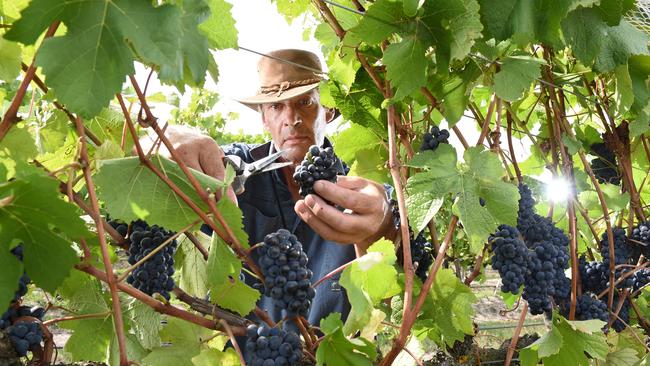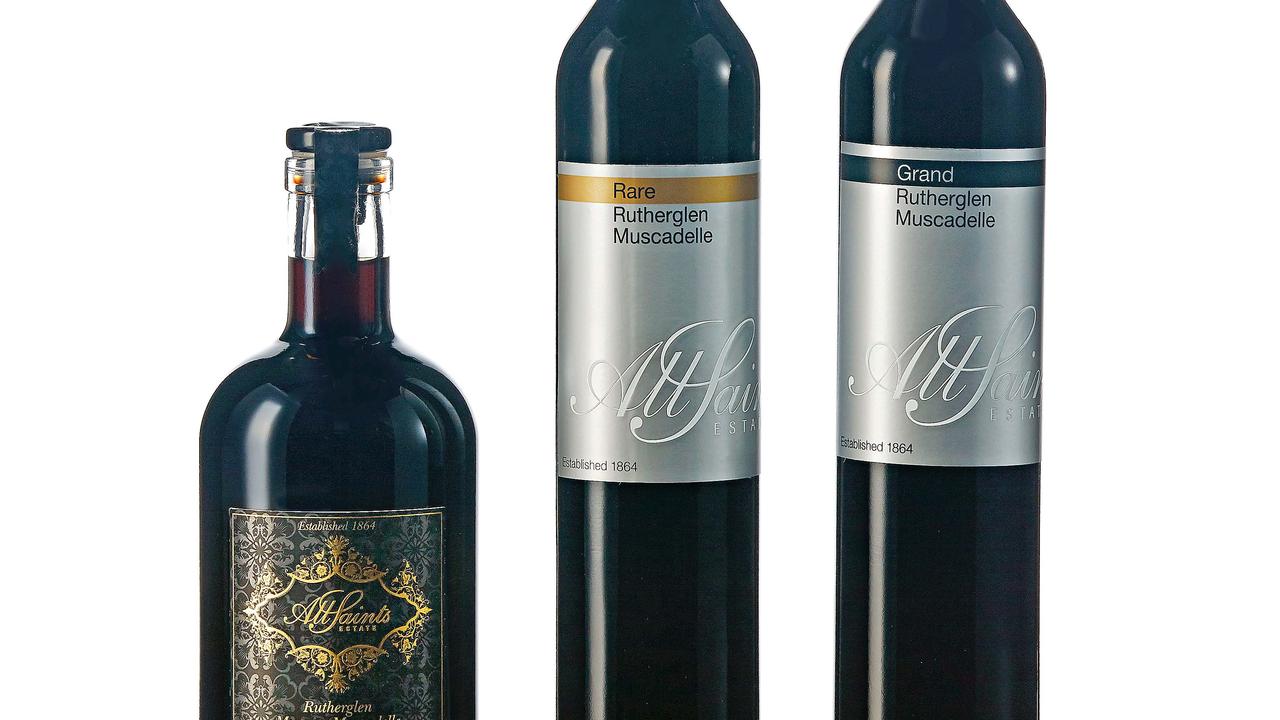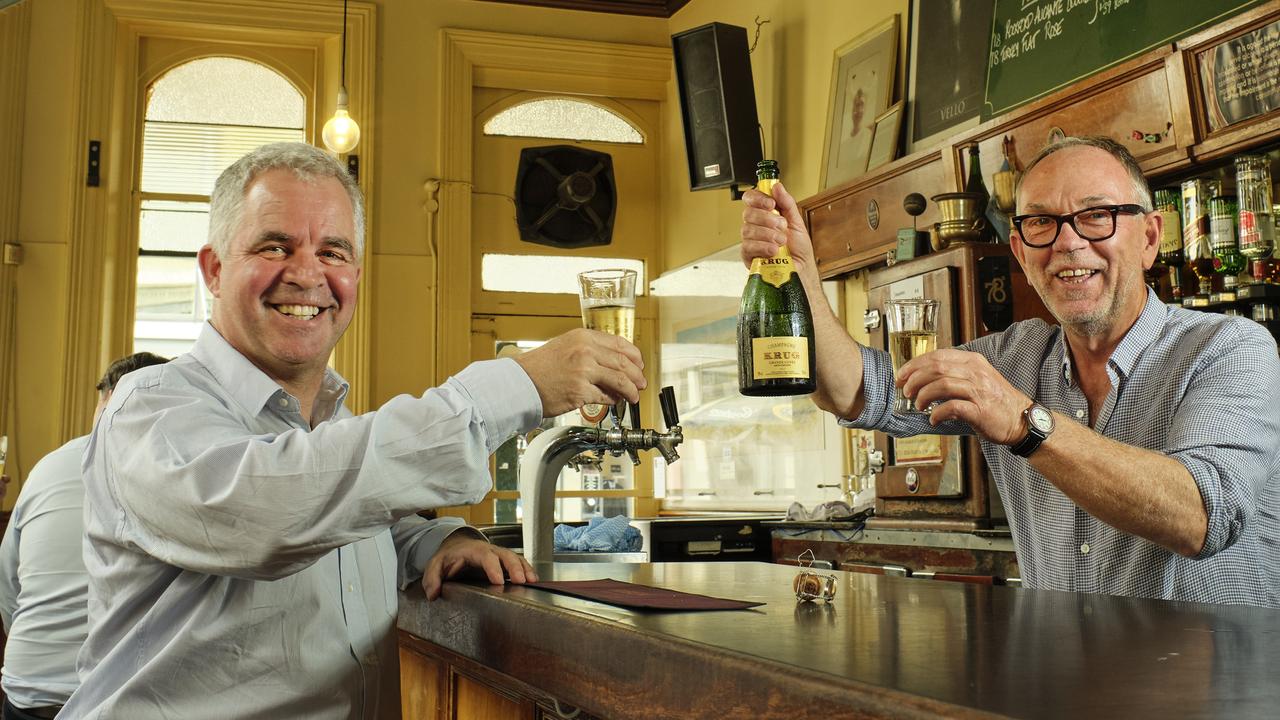Fingers crossed as harvest approaches
In most regions this will be a vintage built on a wet winter and cool spring.

It’s being measured in kilos rather than tonnes at this stage, but with fruit being plucked from vines in the Hunter Valley we might as well declare Vintage 2017 under way.
From now until some time after Easter, wine people across the country will build callouses on stained hands, regional roads will crumble at the edges under the weight of trucks laden with grapes and brewers will sit back and count the dollars flowing in from the most significant seasonal sales spike of the year.
In a winemaking country as large as this one, generalising about the quality of the impending vintage is deceptive to the point of being useless, but talking to a bunch of winemakers preparing for harvest, common themes emerge and over the coming weeks this column will report back on how it’s all shaping up.
In most regions this will be a vintage built on a wet winter and cool spring with, up until now at least, no real extended periods of extreme heat.
Vine canopies are lusher and thicker than the body hair in a 1970s porno but fruit set has been rather uneven in many areas, meaning these verdant vines are carrying slightly lower loads than normal. Those bunches that have set are looking very promising and there’s a general air of building optimism across the trellised and vineyard posted parts of the country.
For now.
With the exception of the late Murray Tyrrell, a man who never met a vintage he wasn’t prepared to declare the greatest since Jesus shouted the bar at a mate’s wedding in Cana, wine people are generally loath to get excited until the very last berry goes through the winery crusher.
They know all too well everything can turn to custard with a single, swift kick in the guts from Nature’s hobnailed boot, but the mood can be described as one of quiet excitement.
Iain Riggs is heading into his 35th vintage at Brokenwood with the details of every one of them locked away in a head that had to sacrifice its hair to survive them.
There is nobody better to provide historical context for what the upcoming harvest will bring.
“It is with great trepidation that I say the Hunter is looking like having a terrific harvest. Plentiful spring rain, mild temperatures leading to a very hot January, and, thank Christ, no bloody storms,” says Riggs. “Weatherwise the pattern could be 2005, ’06 or ’07 as all three were hot years but as 2005 followed the very wet 2004, then this year should most closely resemble 2005. We’ll happily take that.”
Kerri Thompson, the dynamo behind Wines by KT, has her always active enthusiasm meter pushing past 10 and almost to 11 as she surveys a Clare Valley greener than she’s seen it in her 20-year career.
“I’m super excited to see my two dry-grown vineyards enjoying the high rainfall we’ve had,” she says. “The creeks are still flowing in January.
“We’ll be harvesting later than recent years too, so that means more gin and tonic time before the madness begins.”
The later start applies to most regions Australia-wide but in reality late just means “more like it used to be a decade ago” before the long sequence of early and compressed vintages that have been the recent norm.
In the west, where the last time they had a tough vintage John Howard was PM, Bruce Dukes at Domaine Naturaliste gazes into a crystal ball and sees another near-perfect harvest.
“Overall vine health is spectacular,” he says. “The plentiful levels of soil moisture at the right times have allowed the soil-stored nutrients to stay available to the vines for longer, resulting in the healthiest canopies I have seen in years. The soil profiles then dried out at the right times, allowing for beautifully formed and tiny cabernet berries, a sure indication of quality.”
Here’s hoping when we talk to winemakers from Tasmania, the Yarra Valley and McLaren Vale among others in a fortnight, the outlook is still just as rosy.
And when will we see if this early optimism is justified? As early as mid-year when the first unoaked whites like riesling or semillon start to hit the shelves. But those who measure a vintage by its substantial reds will have to hold out until 2019 at the earliest.


